Videos
Amazon Vs Ebay: Which Is Best For Selling?
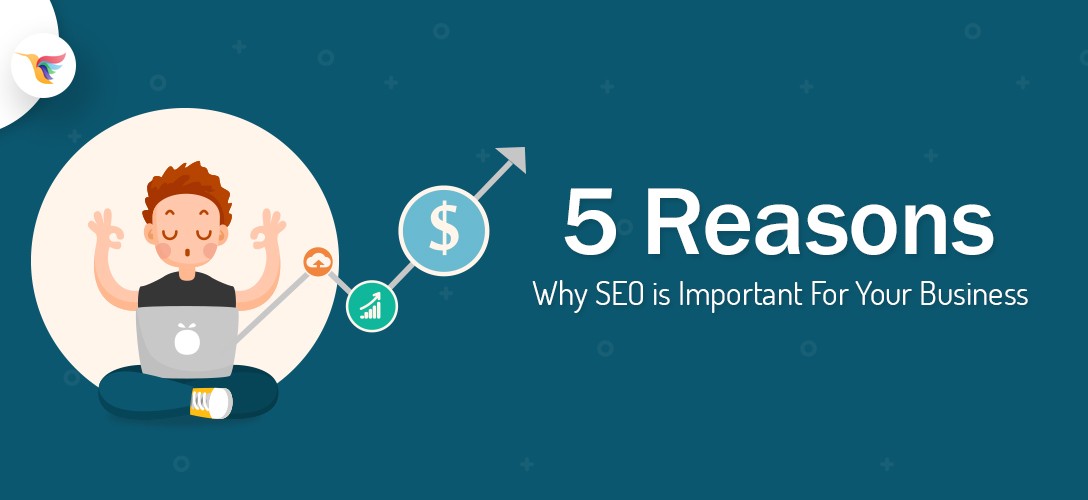
Imagine standing at a crossroads, trying to decide which path to take. On one side, there is a well-trodden path, frequented by thousands of people every day, and offering the promise of great rewards. On the other side, there is a less-frequented path, but one that promises lower fees and a more personalized experience.
This is the dilemma that many online sellers face when deciding whether to sell on Amazon or eBay. Both platforms have their pros and cons, and choosing the right one can make all the difference in the success of your business.
In this article, we will take an analytical approach to compare Amazon and eBay, the two biggest online marketplaces in the world. We will examine various factors, such as market share, demographics, fulfillment options, seller plans and fees, and advertising costs.
We will also introduce Helium 10, a software suite designed to help sellers optimize their marketing and inventory management. By the end of this article, you will have a better understanding of which platform is best for your business in 2022, and you’ll be equipped with the knowledge and resources to start selling successfully.

So, let’s begin our journey and explore the world of Amazon and eBay.
Key Takeaways
- Amazon holds the largest U.S. market share in online marketplaces with 2 billion monthly visits, while eBay trails behind with approximately 689 million monthly visits.
- eBay may appeal more to older audiences in the 35-64 year age group, who make up over 60 percent of eBay’s audience.
- Fulfillment by Amazon (FBA) program is superior to eBay’s fulfillment program.
- Amazon offers modern technology and wider outreach, while eBay has comparatively reduced competition and lower selling fees. Choosing a platform can be a complex task.
Market Share Comparison
In terms of market share, Amazon dominates over eBay with 2 billion monthly visits and 40 percent of the total U.S. market share in online marketplace platforms, while eBay trails behind with approximately 689 million monthly visits.
This significant difference in market share can be attributed to user behavior and competitor analysis. Amazon offers a more modern and seamless user experience, making it the preferred platform for many shoppers. Additionally, Amazon’s fulfillment program, Fulfillment by Amazon (FBA), is unmatched by eBay, which lacks an easy fulfillment program through its official channels.
Furthermore, Amazon’s success can be attributed to its strategic approach to competitor analysis. The company continuously analyzes its competitors and makes strategic moves to maintain its position as the dominant player in the market.
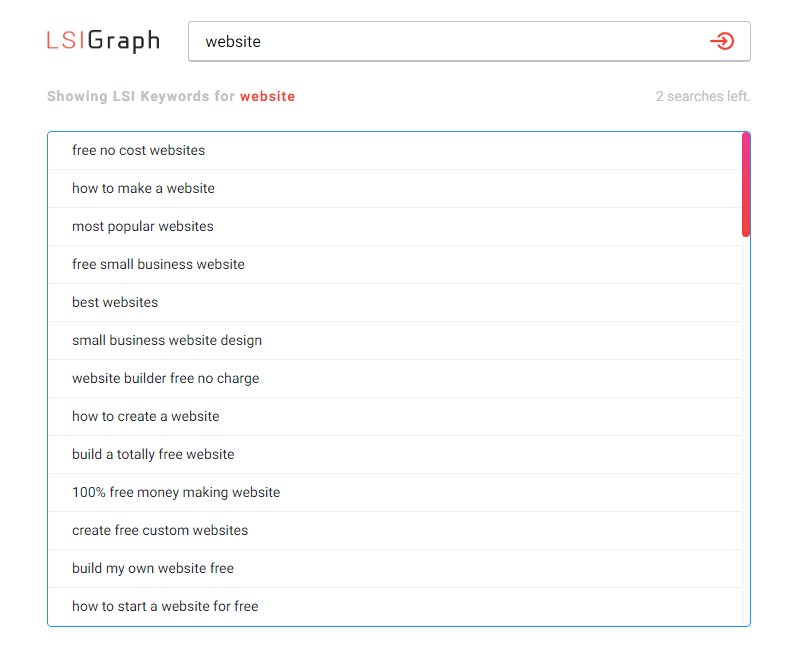
This has resulted in Amazon offering lower pricing and faster delivery times than its competitors, which has helped it to maintain its market share despite increasing competition. Ultimately, Amazon’s dominance in the market is a result of its focus on improving the user experience and staying ahead of its competitors.
Demographics Analysis
The demographics of the two online marketplaces have shown that eBay tends to attract a higher percentage of older audiences in the 35-64 year age group, making up over 60 percent of its audience.
In contrast, Amazon has a more diverse audience, with a higher percentage of younger audiences in the 18-34 year age group.
This suggests that eBay may be a better choice for sellers targeting an older demographic, while Amazon may be more suitable for those targeting a younger audience.
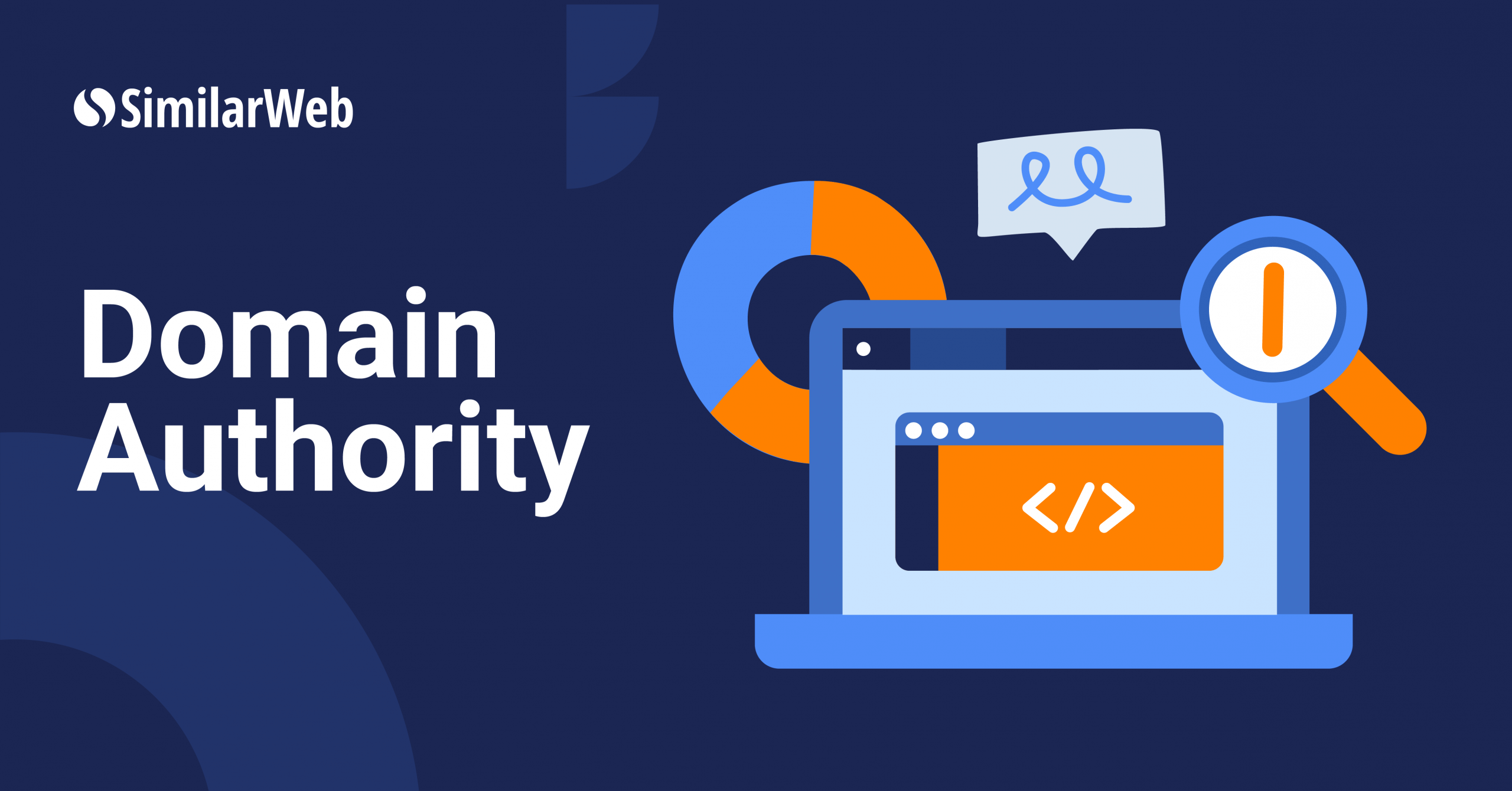
It is worth noting that the age demographic of a platform’s audience can have a significant impact on the types of products that sell well.
For example, older audiences may be more interested in antiques, collectibles, and home decor, while younger audiences may be more interested in electronics, fashion, and beauty products.
Therefore, sellers should carefully consider the age groups they are targeting when choosing between Amazon and eBay.
Other factors such as selling fees, fulfillment options, and advertising costs should also be taken into account.
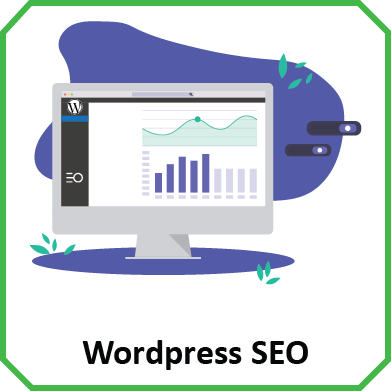
Fulfillment Options
Fulfillment options for online marketplaces are a crucial aspect to consider for sellers seeking to optimize their supply chain and shipping operations. When it comes to fulfillment options, Amazon’s Fulfillment by Amazon (FBA) program easily takes the cake.
FBA allows sellers to store their products in Amazon’s fulfillment centers, and Amazon takes care of the shipping, handling, and customer service. This program greatly simplifies the fulfillment process and can save sellers valuable time and resources. Additionally, FBA can also increase a seller’s visibility and sales, as Amazon prioritizes FBA products in search results and offers Prime shipping to customers.
On the other hand, eBay does not offer an easy fulfillment program through its official channels. However, third-party options are available, such as ShipBob and ShipStation, which can integrate with eBay’s platform to provide fulfillment services. These services can offer benefits such as faster shipping times and lower shipping costs. However, third-party fulfillment options can also come with additional fees, which can eat into a seller’s profits.
Overall, while Amazon’s FBA program offers a more streamlined and comprehensive fulfillment option, eBay’s third-party options can provide flexibility and cost savings for sellers.

Seller Plans and Fees
Regarding seller plans and fees, it is important for online marketplace sellers to carefully consider the various pricing structures and fee categories offered by different platforms. Amazon offers two plans for its sellers: the Individual Plan and the Professional Plan. The Individual Plan charges no monthly subscription fee but charges $0.99 per item sold, while the Professional Plan charges a $39.99 monthly subscription fee and does not have a per-item fee. Additionally, Amazon sellers need to pay referral fees that range between 8 percent to 15 percent for each sale.
On the other hand, eBay charges an insertion fee, starting at $0.35 per listing, and a final value fee that can range from 5 percent to 15 percent of the total order value. eBay Store subscriptions offer a lower final value fee, and eBay Store sellers can skip past the insertion fee for a set number of initial listings.
Comparing costs, Amazon’s referral fees may seem higher than eBay’s final value fees, but Amazon’s fulfillment options and advertising costs can make up for it. Amazon’s Fulfillment by Amazon (FBA) program easily takes the cake when it comes to shipping and fulfillment, while eBay does not offer an easy fulfillment program through its official channels. Additionally, Amazon offers advertising options that allow sellers to run ads on search listings and display them as banner ads across the website, while eBay’s Promoted Listings Standard only charges for sales instead of traffic to the product page.
When considering the effect of seller plans on revenue growth, Amazon can lead to higher revenue operations under right management due to its wider outreach and modern technology, while eBay has comparatively reduced competition and lower selling fees that may appeal to some sellers. Ultimately, choosing between Amazon and eBay will depend on a seller’s specific needs and priorities.

Advertising Costs Comparison
When it comes to advertising costs, online marketplace sellers must carefully consider the expenses involved in promoting their products, as every penny spent can make a significant difference in their revenue growth. Amazon and eBay have different pricing models for advertising, and each platform has its unique benefits and drawbacks. Amazon allows sellers to run ads on search listings and display them as banner ads across the website. Amazon outreach campaigns run on a pay-per-click (PPC) basis, where the cost per click (CPC) could start from as low as $0.80. On the other hand, eBay advertising costs stem from the Promoted Listings Standard, which only charges for sales instead of traffic to the product page. eBay advertising costs can be as low as 1 percent of the promoted item’s sale price, but for many items, sellers may need to pay over 10 percent of the item’s total value.
To compare the two platforms’ advertising costs, we have created the following table, showcasing the PPC strategies and Promoted Listings pricing models of Amazon and eBay. While Amazon’s PPC campaigns can help sellers improve their product visibility, eBay’s Promoted Listings can help sellers increase their product sales at a lower cost. Ultimately, the choice between the two platforms depends on the seller’s advertising goals and budget. Sellers must analyze their advertising data and metrics to determine which platform works best for their business.
| Platform | Advertising Cost Basis | Cost Range |
|---|---|---|
| Amazon | Pay-per-click (PPC) | Starting from $0.80 |
| eBay | Promoted Listings Standard | 1% to over 10% of item’s total value |
Frequently Asked Questions
What is the process for setting up a seller account on Amazon and eBay?
The seller account setup process on Amazon and eBay follows a similar procedure, involving registration, product listing, and payment information. Amazon offers multiple seller plans and fulfillment options, while eBay has lower selling fees and offers promoted listings advertising. Pros and cons of using both platforms must be considered before choosing.
How do Amazon and eBay handle returns and refunds?
One interesting statistic is that 95% of online shoppers say that a positive return experience would encourage them to shop with a retailer again. Both Amazon and eBay have refund policies and return procedures in place to accommodate their customers’ needs and provide a seamless shopping experience.
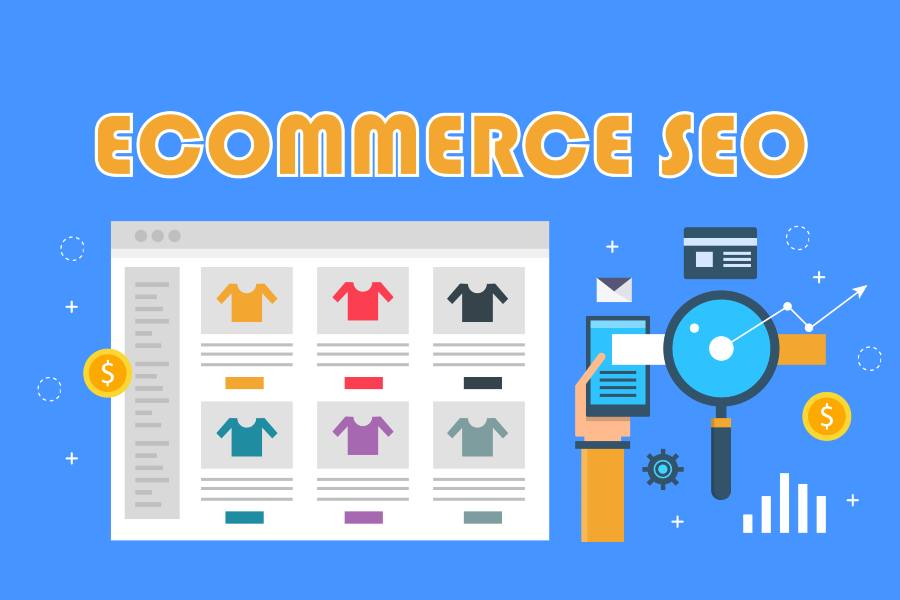
Are there any restrictions on what products can be sold on Amazon and eBay?
Both Amazon and eBay have restrictions on what product categories can be sold and require sellers to meet certain qualifications. These restrictions vary by platform and can include requirements for product safety, authenticity, and legality.
How do Amazon and eBay handle disputes between buyers and sellers?
Both Amazon and eBay have dispute resolution processes in place to protect sellers and buyers. Amazon offers A-to-Z Guarantee for eligible purchases, while eBay has a resolution center for disputes. Both platforms prioritize protecting their users and maintaining trust in their marketplaces.
What strategies can sellers use to increase their sales on Amazon and eBay?
To increase sales on Amazon and eBay, sellers can use social media promotions and pricing strategies. Social media promotions can increase brand awareness and drive traffic to product listings. Effective pricing strategies can attract price-sensitive customers and increase sales volume.

Hello there! I’m Louis Hill, the go-to guy for all things SEO and Keyword Research at Keyword Luv. My journey began at Ohio State, where I honed my skills in computer programming. But it’s the dynamic world of SEO and Online Marketing that truly captivates me. I’ve probably spent more hours ranking websites than most self-confessed computer nerds!
When I’m not immersed in the digital realm, you’ll find me pedaling through the countryside, embracing the freedom of cycling. Or perhaps, scribbling some not-so-great poetry, which I find oddly therapeutic. Travel is another passion, exploring new places and creating memories. And let’s not forget Duchess, my Golden Retriever. She might not be the typical retriever, but she’s perfect in her unique way!
Feel free to connect with me on Instagram or Facebook. Whether you’re curious about the latest trends in SEO, want to swap travel stories, or share a laugh over some bad poetry, I’m all ears. Let’s navigate this fascinating digital landscape together!







